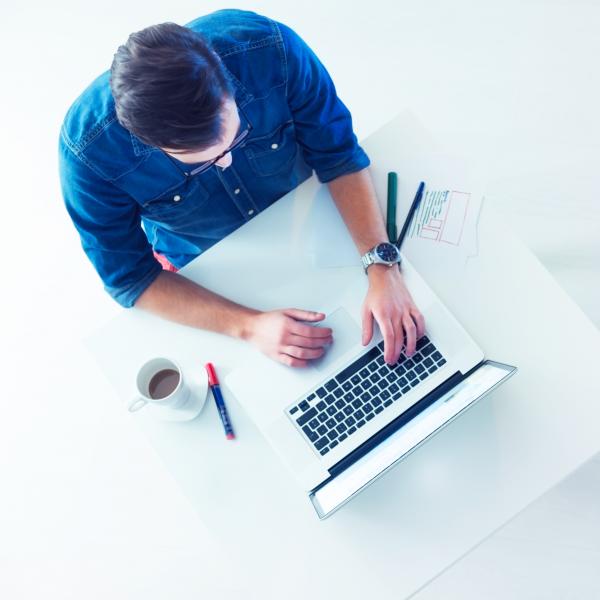
By Grace Wang and Dr. Chris E. Stout
Whether we’re driving, sitting at our desks, or reclining in front of the television after a long day in the office, humans spend more time seated than ever before in history. The sedentary lifestyle is a relatively new phenomenon – even just a decade or two ago, people “ran” errands, and now the vast majority of them can be completed without even standing up.
Sedentarism may be young, but it is dangerous, even deadly, according to scientists and researchers like Dr. James Levine, who is the inventor of the treadmill desk and the director of the Obesity Solutions Initiative at Mayo Clinic-Arizona State University. “Sitting is more dangerous than smoking, kills more people than HIV, and is more treacherous than parachuting,” Levine said in an interview with the Los Angeles Times. “We are sitting ourselves to death.”
Before you start thinking that Levine is using exaggeration to make a point, know that others agree with him. Research has shown that prolonged sitting increases the risk of muscular problems, several types of cancer, heart disease, and type 2 diabetes. Indeed, the mantra “sitting is the new smoking”, coined by Dr. Levine himself, is proving to be true.
So what can we do? For those of us who work office jobs, sitting might seem like a non-negotiable. However, with a little imagination (and in some cases, a lot of not caring what other people might think of you), even cubicle-dwellers can fight against sedentarism.
1. Buy a standing desk. Or even make one, if you’re the crafty type! They’re not difficult to find at stores like IKEA, or you can get some inspiration from a quick Pinterest search. Chris Stout, the VP of Research and Data Analytics at ATI Physical Therapy has a standing desk. “I find it makes a big difference in my productivity and mood. I’ll proof or practice a presentation standing and it’s a great way to break up the otherwise endless sitting.
2. Take a walk. Instead of surfing the web during your breaks, use that time to take a walk. According to WebMD and exercise physiologist Fabio Comana, a brisk, 15-minute walk is not only healthy, but it also increases productivity. Julie Roper, Vice President of Business Performance Management at ATI Physical Therapy says:
“I often confuse a productive work day that exhausts my mental and emotional capacities with a physically active one. I am shocked at just how inactive my physical self really is while my mind is sprinting along my keyboard or engaged in a strategic dialogue or decision. To remind myself of this truth, I attempt to walk twice daily for 10-15 minutes, and encourage my employees to do the same. We shouldn't be so busy that we can't incorporate this light activity into each day.”
3. Stretch. Many people think of stretching as a warm-up activity, or an injury-prevention precaution; however, the University of California reports that stretching should be part of one’s daily routine. Stretching on a regular basis is healthy both physically and mentally. Not only does it help with flexibility, posture, injury prevention, increased nutrition, and reduced soreness, but it also relieves tension and increases energy. There are all kinds of simple stretches that are entirely conducive to an office setting. If you feel silly, grab a co-worker and do it together!
Sheila Denman, Senior Vice President of ATI Worksite Solutions at ATI Physical Therapy, says, “Office jobs are still only a few generations old, so we’re only just starting to hear about sedentarism’s long-term effects. Some companies are taking longer than others to catch on to this reality, but if yours hasn’t yet, do what you can to take matters into your own hands. For example, if your company doesn’t allow standing desks or working remotely, try taking a five-minute walk once an hour, or standing or marching in place when on conference calls.”
The truth is, there are all kinds of ways to combat our sedentary lifestyle – move the garbage can a little further from your desk. Drink more water. Aside from the obvious hydration benefits, you’ll stand up more to fill your cup (and to empty your bladder!). The list could go on and on. These suggestions may seem small, but every little bit counts!
